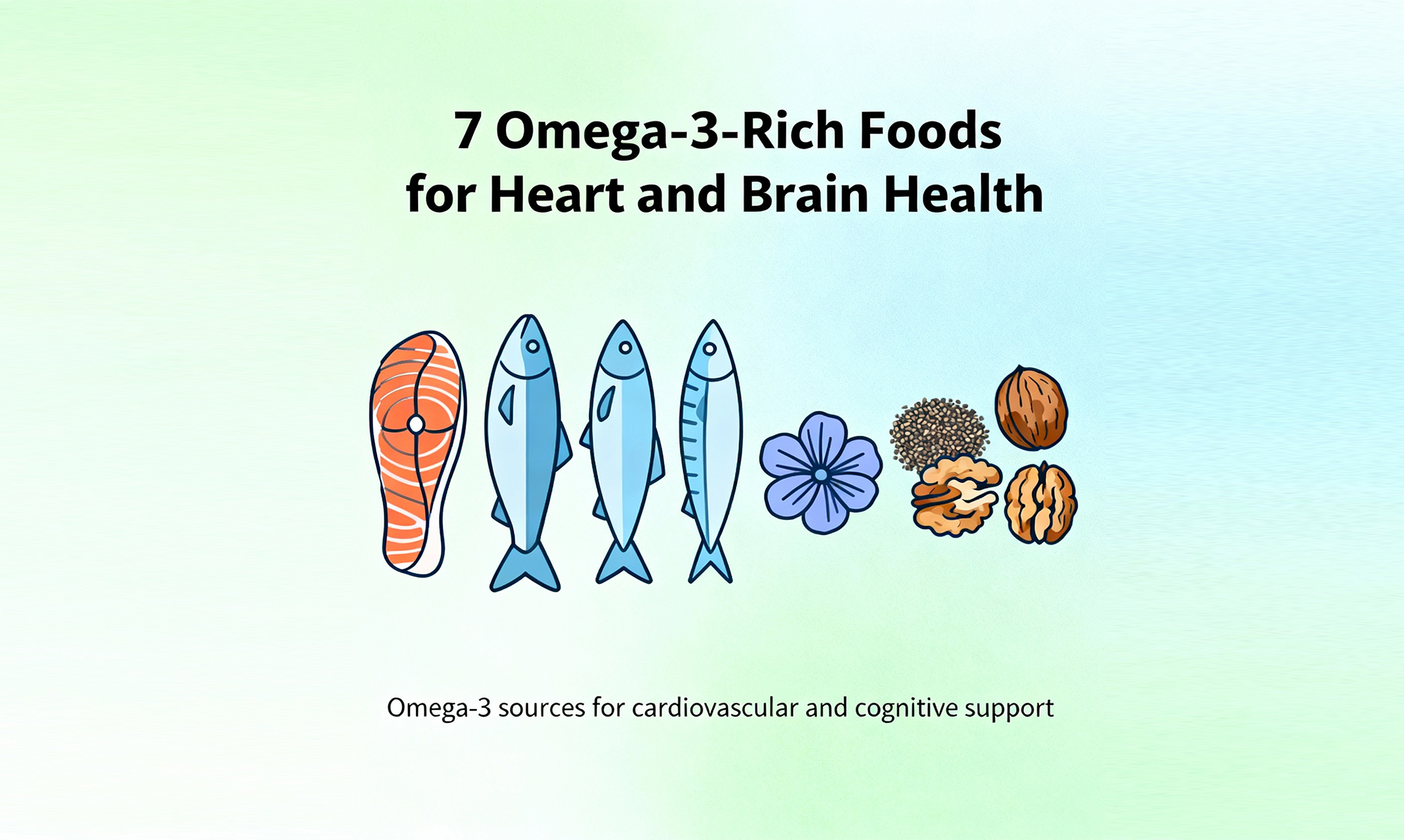Vitamin D supports bone strength, muscle function, and immune health, and adequate intake helps prevent rickets, osteomalacia, and fractures while maintaining normal calcium and phosphate balance. Evidence also links sufficient vitamin D status with lower risks of certain infections and chronic conditions, though major guidelines still prioritize bone outcomes for routine dosing in healthy adults.
What is vitamin D
Vitamin D is a fat‑soluble vitamin made in skin via UVB sunlight and found in foods and supplements; it enables intestinal calcium absorption and regulates phosphate for bone mineralization. Deficiency causes soft bones in adults (osteomalacia) and rickets in children, and contributes to muscle weakness and falls.
Key benefits
- Bone health: Improves calcium absorption, bone mineral density, and reduces rickets/osteomalacia and fractures, especially with calcium.
- Muscle and falls: Supports muscle function and helps reduce fall risk in older adults.
- Immune/inflammation: Modulates innate and adaptive immunity; adequate levels correlate with fewer infections and lower inflammation, though causality varies by outcome.
- Possible extras: Research explores roles in cardiometabolic, cancer, mood, and autoimmune conditions; evidence is mixed and strongest when deficiency is corrected.
Recommended intakes
- Adults 19–70 years: 600 IU (15 mcg) daily assuming minimal sun exposure; >70 years: 800 IU (20 mcg).
- Many clinicians use 1,000–2,000 IU/day as maintenance to keep 25(OH)D ≥ 30 ng/mL when deficiency risk is present, within general upper limits.
- Tolerable upper intake level for ages ≥9 years: 4,000 IU/day without medical supervision.
Deficiency and risk factors
- Symptoms can include bone pain, muscle weakness, fatigue, and frequent infections; labs define deficiency near 25(OH)D < 20 ng/mL and insufficiency 20–29 ng/mL.
- Higher risk: Little sun exposure, darker skin, obesity, malabsorption, chronic kidney/liver disease, pregnancy, and older age.
Testing and targets
- Routine testing isn’t advised for healthy adults under 75; focus on recommended intakes unless risk factors or symptoms exist.
- Many experts treat to reach serum 25(OH)D around 30 ng/mL, with individualized targets in special populations.
Treatment of deficiency
- Typical repletion: 6,000 IU/day or 50,000 IU weekly for ~8 weeks, then 1,000–2,000 IU/day maintenance, with retesting to confirm correction.
- Severe malabsorption or obesity may require higher supervised dosing.
Safe sun and food sources
- Sunlight: Short, regular midday exposure to arms/legs increases synthesis; balance with skin‑cancer precautions.
- Foods: Oily fish, egg yolks, mushrooms (UV‑exposed), and fortified milk/plant milks; supplements are common to meet needs.
Who should consider higher intakes
- Pregnant people, adults >75, children, and adults with prediabetes or high‑risk conditions may need more than RDA under clinical guidance.
- Populations with limited sun or cultural clothing practices might benefit from dietary/supplement strategies year‑round.

